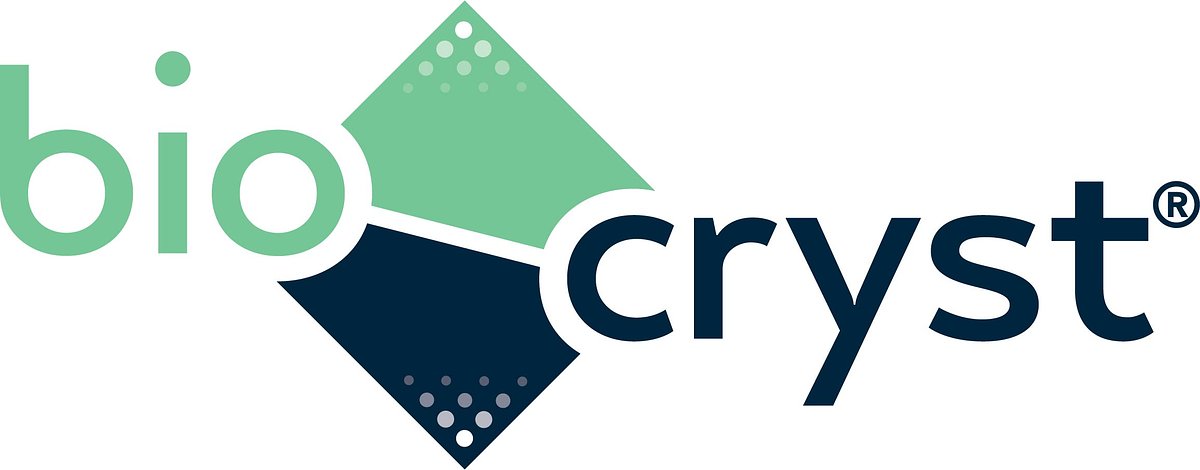
Oral HAE Treatment Offers Hope for Young Patients, Drives Biotech Expansion
A new oral treatment for hereditary angioedema (HAE) could dramatically improve the lives of children and teens with the rare, painful condition, while bolstering the position of biotech firm BioCryst.
Oral HAE Treatment Offers Hope for Young Patients, Drives Biotech Expansion
By Brenda Thompson
BOSTON – A promising new oral treatment for hereditary angioedema (HAE) is poised to transform the lives of young patients burdened by the rare, often debilitating condition. Biotech firm BioCryst, developing the treatment, anticipates a decision on its pediatric application in December 2025, a move that could significantly expand its market reach and improve the standard of care for children and teens with HAE.
Understanding Hereditary Angioedema
Hereditary Angioedema is a rare genetic condition that causes episodes of severe swelling in various parts of the body, including the face, limbs, and airway. These attacks can be excruciatingly painful and, in rare cases, life-threatening if the airway becomes blocked. Traditionally, treatment has revolved around injectable medications – a challenging regimen, particularly for young patients and their families.
“Managing HAE in children often feels like a full-time job,” explained a parent involved in a patient advocacy group. “The injections are difficult, the attacks are scary, and the constant worry takes a toll on everyone.”
BioCryst’s Novel Approach
BioCryst’s investigational treatment offers a potentially game-changing alternative – an oral prophylactic medication designed to prevent attacks before they occur. The drug, currently under review by regulatory authorities for pediatric use, demonstrated promising results in clinical trials, showing a significant reduction in HAE attack rates. According to the company, trial participants experienced a 65.5% reduction in attacks at month one, with that number rising to 70.4% at month twelve.
“An oral medication would be a huge step forward,” says a leading HAE specialist. “It would empower patients and families to take control of their condition and reduce the burden of frequent injections.”
Beyond the Physical Symptoms: The Psychosocial Impact
The impact of HAE extends far beyond the physical symptoms. Children with HAE often face social isolation, anxiety, and depression. School absences due to attacks can disrupt their education, and the constant worry about potential attacks can affect their mental health.
“It's not just about the swelling; it's about the fear and the feeling of being different,” explains a psychologist specializing in chronic illness. “Children with HAE often feel like they have to constantly monitor their bodies and worry about when the next attack will occur.”
Patient advocacy groups emphasize the importance of addressing the psychosocial needs of children with HAE. They provide support groups, educational resources, and advocacy efforts to improve the quality of life for patients and their families.
A Strategic Expansion for BioCryst
The potential approval of this oral treatment for pediatric use represents a significant strategic expansion for BioCryst. The company has been focused on developing innovative therapies for rare diseases, and this new treatment could solidify its position as a leader in the HAE market.
Financial analysts predict a substantial increase in BioCryst’s revenue if the drug receives regulatory approval. However, the company will face competition from established players in the HAE market, such as CSL Behring and Takeda, who offer injectable treatments.
“BioCryst’s success will depend on its ability to differentiate its product and demonstrate its value to patients and healthcare providers,” says a financial analyst specializing in the biotech industry.
Navigating the Regulatory Landscape
The final decision on the pediatric application is expected in December 2025. Regulatory authorities will carefully review the clinical trial data and assess the drug’s safety and efficacy.
The approval process can be lengthy and complex, but BioCryst remains optimistic about its chances. The company has been working closely with regulatory authorities throughout the development process, and it believes that the drug meets the requirements for approval.
“We are confident that our drug has the potential to make a real difference in the lives of children with HAE,” says a spokesperson for BioCryst.
Looking Ahead
The potential approval of this oral treatment for pediatric HAE represents a beacon of hope for patients and families burdened by this rare and challenging condition. While significant hurdles remain, this innovation promises a future where children with HAE can live fuller, more active lives, free from the constant fear of debilitating attacks. The development also highlights the vital role that biotech firms play in developing innovative therapies for rare diseases, and the potential for these advancements to transform the lives of patients around the world. As BioCryst navigates the final stages of the regulatory process, the HAE community waits with anticipation for a treatment that could dramatically improve the quality of life for young patients and offer families a much-needed sense of relief.
📝 This article is still being updated
Are you a relevant expert who could contribute your opinion or insights to this article? We'd love to hear from you. We will give you full credit for your contribution.
Contribute Your Expertise →